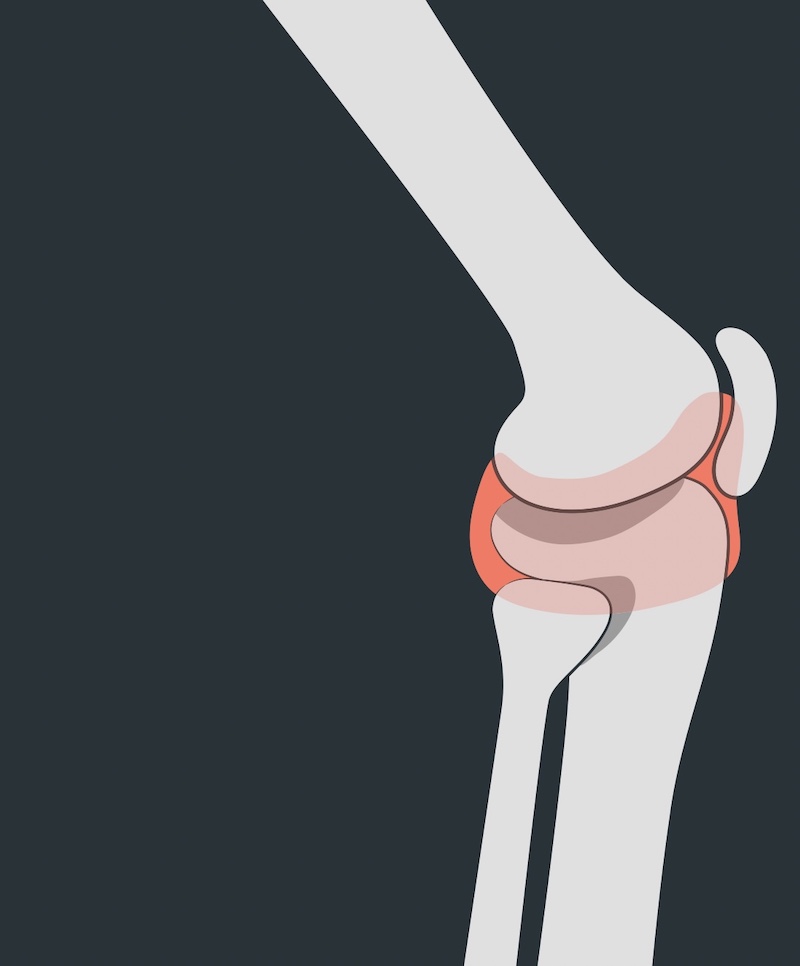Healthline.com explains that there are more than 100 different types of arthritis. The three main ones being osteoarthritis (OA), rheumatoid arthritis (RA), and psoriatic arthritis (PsA). Each type may develop differently, but all can cause pain and joint deformity and movement loss. Age, family genes, sex (women have larger numbers of these diseases) often do not allow the prevention of arthritis. The website does caution us “However, a few healthy habits can help reduce your risk of developing painful joints as you get older. Many of these practices — such as exercising and eating a healthy diet — help prevent other diseases, too.” Stephanie Watson and Dr. Stella Bard explain more:

1. Eat your omega-3s: The United States Department of Agriculture (USDA) recommends eating twice weekly a 3.5 ounce serving of fish high in omega-3s: salmon, trout, mackerel, or sardines. Or you may choose non-fish sources of omega-3 such as nuts and seeds, found in flaxseeds, walnuts, and chia seeds. Or you may include dietary supplements such as plant oils in soybeans, flaxseeds, and canola or fortified eggs, fortified juices, and soy beverages or oils in fish, krill, cod liver, and algae oils. Five foods to avoid are (a. red meat and fried foods (b. sugars/see (7). Below (c. limit dairy (d. refined carbohydrates, and (e. alcohol and tobacco/ see (5). below.
2. Manage your weight: If you are just 10 pounds overweight, the force on each step you take may increase by 30 to 60 pounds. Higher body weight increases your chance by 4.55 times more likely of getting OA. Obesity is also linked with a higher risk of RA and PsA.
3. Get some exercise: Besides taking stress off your joints, exercise also strengthens the joint muscles, helping to stabilize them and protecting them from wear and tear. Four categories of exercises include the following: (a. Endurance or aerobic exercises such as swimming, walking, and biking (30 minutes 5 days weekly); (b. Strength exercises includes lifting weights and elastic resistance bands (two 20 to 30 minute sessions weekly); (c. Flexibility exercises such as yoga, Pilates, and balance (Tai chi), overhead reach, and quadriceps stretching (4-5 days weekly with stretch held for 10 to 15 seconds. To avoid injury to ligaments, always warm-up and use the proper equipment.
4. Protect your joints: Using the right techniques when you sit and lift can help protect your joints from strains in everyday movements. Lift with your knees and hips – not with your back. To prevent unnecessary wrist strain, carry items close to your body.
5. Quit smoking: Did you know that quitting smoking, not only lowers lung and heart disease risk, but also protects against the development of RA. RA is an inflammatory disease with smoking promoting inflammation throughout the body.
6. Treat any infections: Some bacteria and viral germs can actually affect your joints and cause arthritis. Septic arthritis can get into the bloodstream and travel to certain joints. Respiratory infections may also trigger RA (results of a 2019 study). The infection might lead to an abnormal immune system response causing the autoimmune disease to develop.
7. Arthritis and diabetes: Both diseases share a common risk factor such as obesity, a lack of exercise, and age. A 2019 review of studies found that type 2 diabetes participants were more likely to develop OA, even when they were not overweight. High blood sugar may lead to a constant state of low-grade inflammation in the body and the creation of substances that help trigger the production of inflammatory proteins (known as cytokines in the joints).




